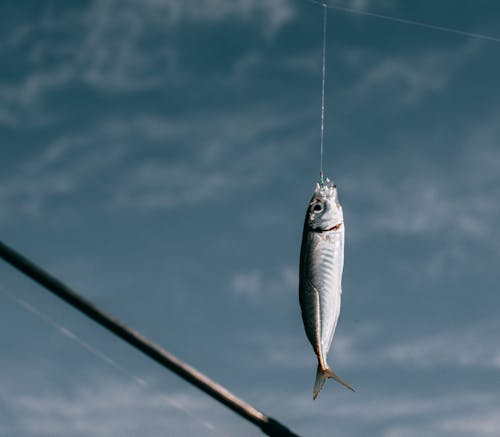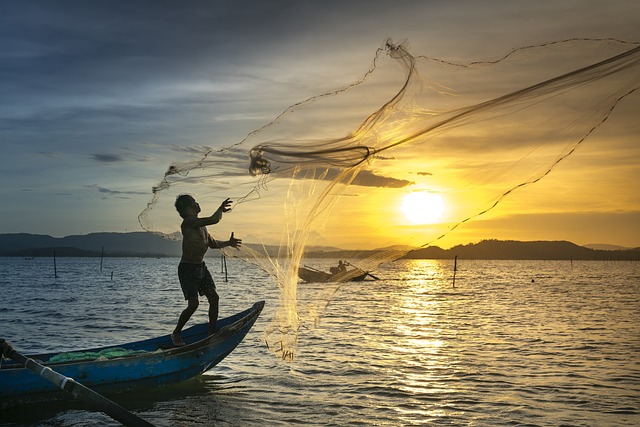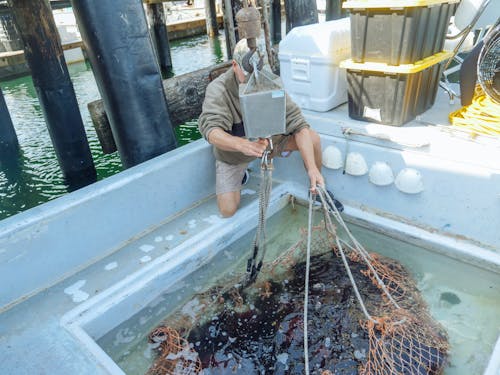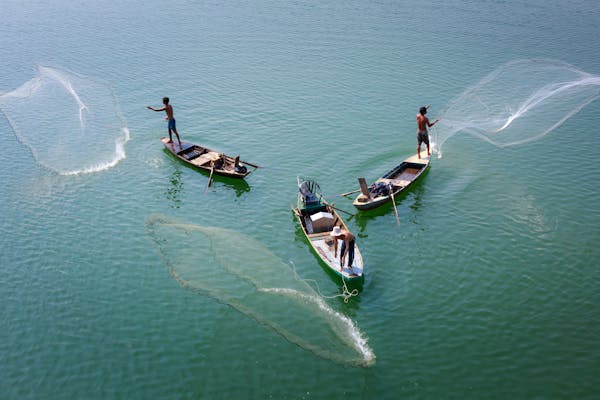Sustainable Fishing in Newport, Oregon: What You Should Know
Nestled along the stunning Oregon coast, Newport is not only a paradise for fishing enthusiasts but also a community deeply committed to preserving its marine ecosystems. With its thriving fishing industry and abundant natural resources, sustainable fishing in Newport is a topic of significant importance. By prioritizing eco-friendly practices, Newport ensures that its waters remain productive and vibrant for future generations. This article explores the essentials of sustainable fishing in Newport, highlighting its benefits, practices, and how anglers and consumers can contribute to protecting this rich marine heritage.
Understanding Sustainable Fishing
Sustainable fishing focuses on harvesting seafood in ways that ensure fish populations remain healthy and ecosystems stay balanced. It involves practices that minimize environmental impact, reduce overfishing, and promote the long-term health of marine life. In Newport, sustainable fishing is more than just a buzzword—it’s a way of life that supports the local economy and preserves the region’s natural beauty.
Why Is Sustainable Fishing Important?
The waters off Newport are home to a diverse range of species, from salmon and halibut to Dungeness crab and rockfish. However, overfishing and harmful practices can disrupt the delicate balance of these ecosystems. Sustainable fishing in Newport aims to:
- Protect Fish Populations: Ensuring that fish species are not overharvested, allowing them to reproduce and thrive.
- Support Local Economies: By managing fisheries responsibly, Newport’s fishing industry remains a vital part of the community.
- Preserve Biodiversity: Healthy ecosystems support a variety of marine life, creating a more resilient environment.

Sustainable Fishing Practices in Newport
Newport has established itself as a leader in sustainable fishing by implementing innovative practices and adhering to strict regulations. These efforts are backed by collaborations between local fishermen, government agencies, and environmental organizations.
1. Catch Limits and Quotas
To prevent overfishing, strict quotas are set for many species. These limits ensure that only a sustainable number of fish are harvested each year. For example, the Pacific halibut fishery operates under carefully monitored quotas to protect the species.
2. Bycatch Reduction Techniques
Bycatch—unintended species caught during fishing—can harm marine life. Fishermen in Newport use gear modifications, such as selective nets and hooks, to minimize bycatch. This approach helps protect non-target species, such as juvenile fish, seabirds, and marine mammals.
3. Marine Protected Areas (MPAs)
Newport benefits from nearby MPAs, where fishing is restricted or prohibited to allow ecosystems to recover. These areas act as sanctuaries, helping to replenish fish stocks and support sustainable fishing in Newport over the long term.
4. Seasonal Fishing
Seasonal closures are another key practice. By aligning fishing seasons with breeding cycles, Newport ensures that species like salmon and Dungeness crab have ample time to reproduce and maintain healthy populations.
5. Traceability and Certification
Consumers increasingly demand sustainable seafood, and Newport’s fisheries respond with transparency. Certified sustainable labels, such as those from the Marine Stewardship Council (MSC), help buyers identify responsibly sourced products.
Sustainable Fishing Opportunities for Anglers
Newport offers abundant opportunities for recreational anglers to participate in sustainable fishing while enjoying the region’s natural beauty. Whether you’re fishing in the deep sea or freshwater rivers, there are plenty of ways to ensure your practices align with environmental stewardship.
Charters That Prioritize Sustainability
Many fishing charters in Newport are committed to sustainable practices. These operators educate their clients about catch-and-release techniques, size limits, and responsible fishing methods. For example, some charters focus on targeting abundant species like rockfish rather than overfished populations.
Fishing Licenses and Regulations
Recreational anglers must adhere to state regulations, including obtaining the proper licenses and following size and bag limits. Oregon’s Department of Fish and Wildlife (ODFW) provides resources to ensure your fishing practices are sustainable.
Catch-and-Release Fishing
For those who fish purely for sport, catch-and-release is an excellent way to enjoy the experience without depleting fish populations. Proper techniques, such as using barbless hooks and handling fish gently, increase survival rates for released fish.

How Consumers Can Support Sustainable Fishing in Newport
As a consumer, your choices play a vital role in promoting sustainable fishing in Newport. By being mindful of where and how your seafood is sourced, you can contribute to the health of local fisheries and marine ecosystems.
Buy Local, Sustainably Sourced Seafood
Newport’s fish markets and restaurants often showcase locally caught, sustainably sourced seafood. Look for labels or ask vendors about their sourcing practices. Supporting local fishermen not only ensures quality but also strengthens the community’s commitment to sustainability.
Choose Certified Seafood
When shopping for seafood, look for certifications like MSC, which indicate that the product was sourced responsibly. These certifications reflect rigorous standards for sustainability and traceability.
Reduce Waste
Avoid contributing to overharvesting by buying only the amount of seafood you can consume. Proper storage and preparation techniques help reduce waste and maximize the value of your purchase.
Challenges and Innovations in Sustainable Fishing
While Newport is a leader in sustainable fishing, challenges remain. Climate change, habitat loss, and illegal fishing practices threaten marine ecosystems worldwide. However, Newport continues to innovate, finding solutions to these pressing issues.
Adapting to Climate Change
Warmer ocean temperatures and acidification can impact fish populations and habitats. Fishermen and scientists in Newport collaborate to study these effects and adapt fishing practices accordingly. For example, monitoring shifts in fish migration patterns helps adjust quotas and protect vulnerable species.
Technology in Fisheries Management
Advances in technology are transforming sustainable fishing in Newport. Tools like GPS tracking, electronic monitoring, and data collection systems improve transparency and ensure compliance with regulations.
Community Engagement
Education and outreach are vital components of Newport’s approach. Programs like the Oregon Sea Grant engage the public, teaching sustainable fishing practices and fostering a deeper appreciation for marine conservation.

The Future of Sustainable Fishing in Newport
Newport’s commitment to sustainable fishing serves as a model for other coastal communities. By balancing economic growth with environmental preservation, Newport demonstrates that it’s possible to support thriving fisheries without compromising the health of marine ecosystems.
As the demand for seafood continues to grow, sustainable fishing in Newport will depend on ongoing collaboration between fishermen, regulators, scientists, and consumers. By embracing innovation, respecting regulations, and making responsible choices, everyone can play a part in ensuring Newport’s waters remain bountiful for years to come.
Sustainable fishing in Newport is about more than preserving fish populations—it’s about protecting a way of life, supporting local economies, and maintaining the natural beauty that defines this coastal gem. Whether you’re an angler, seafood lover, or environmental advocate, there are countless ways to contribute to Newport’s sustainable fishing efforts.
By choosing eco-friendly practices, supporting local fisheries, and staying informed about sustainability, you can help Newport remain a leader in responsible fishing. Together, we can ensure that the treasures of the Oregon coast continue to thrive for generations to come.
Let’s Get Started

